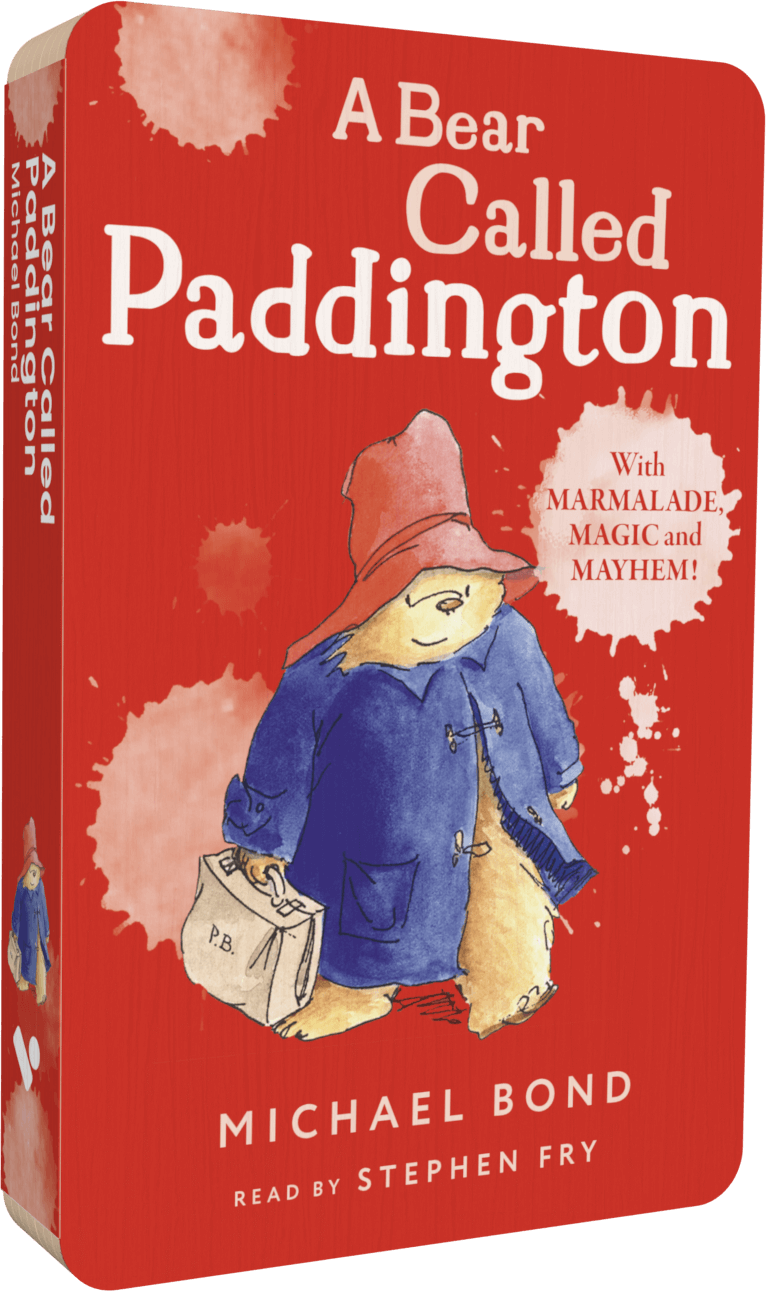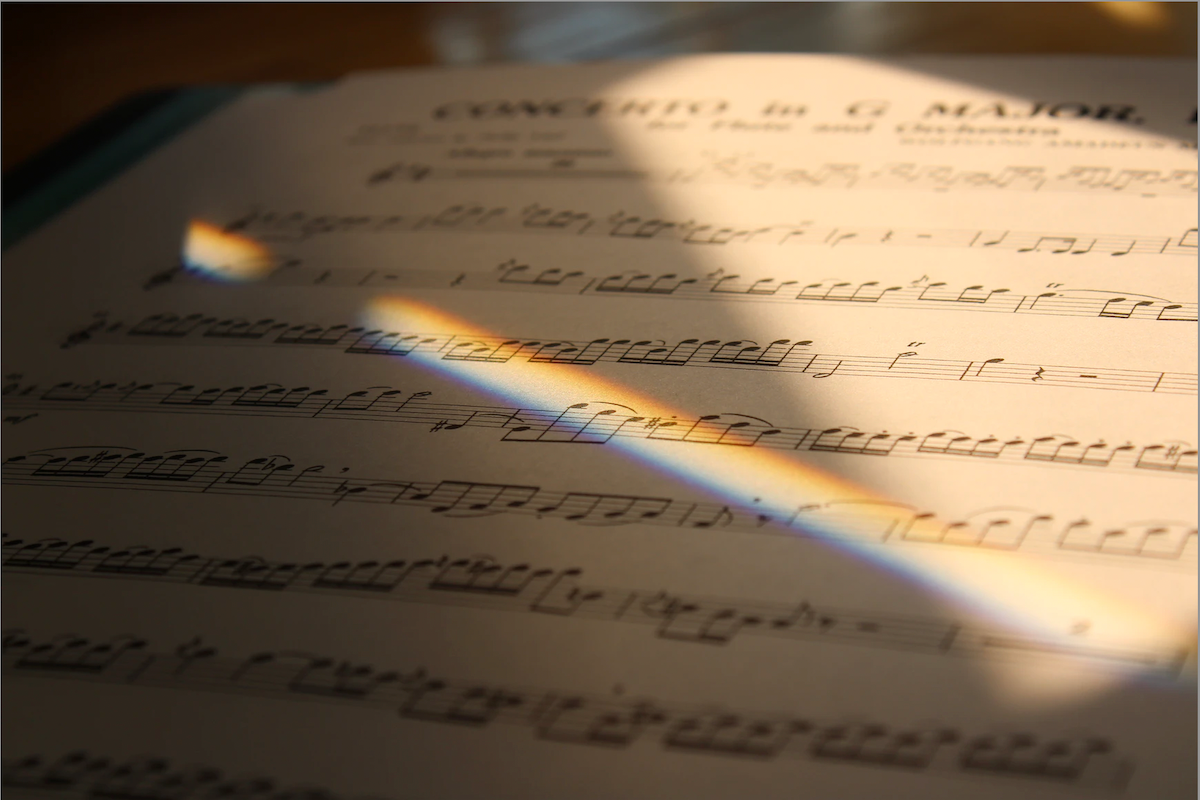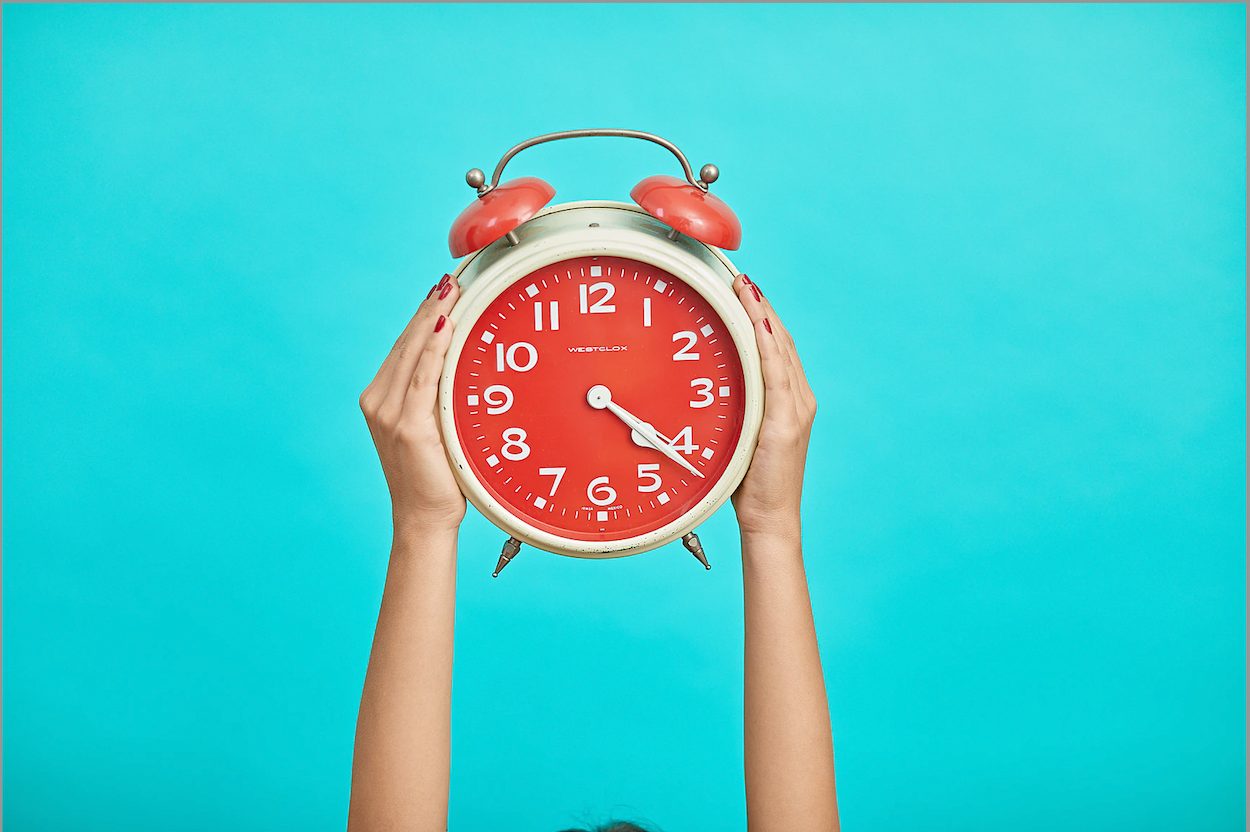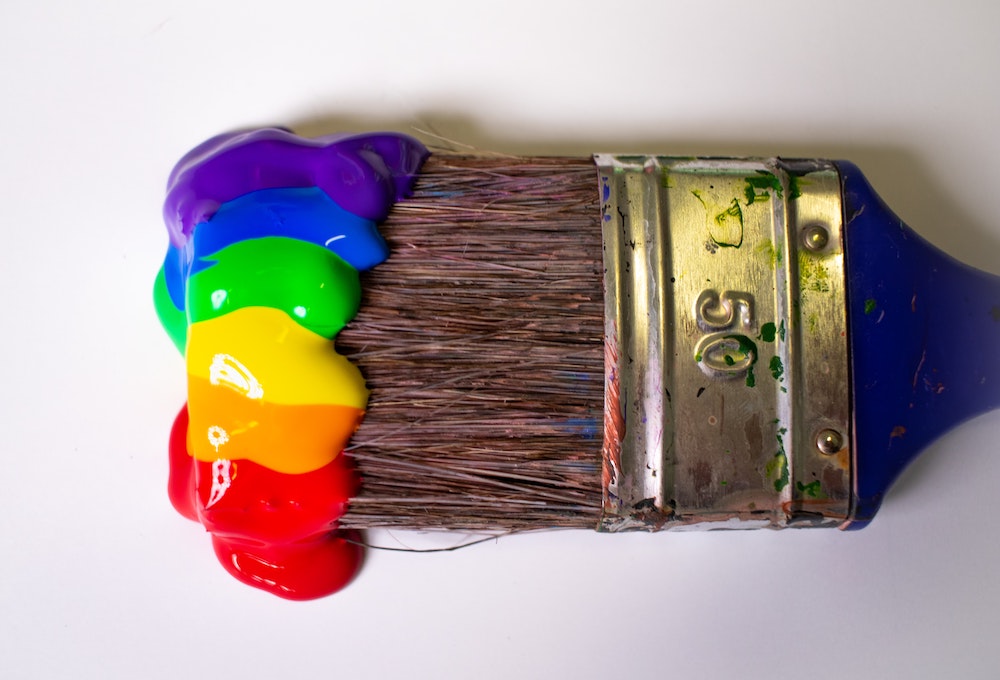The audiobook industry is increasingly favouring big budget productions that are cinematic in scope, a trend you can read more about here. This means bigger casts and famous narrators, but also increased use of original music and sound effects.
Immersive listening experiences
Gone are the days when the only music in an audiobook was the stock classical used to differentiate the chapters. As the industry moves towards large-scale dramatic productions, as opposed to the traditional single-narrator reading, so has emphasis on sound effects and music increased. Take Audible’s full-cast production of Sleeping Beauty, for example, which featured a live recorded score from the London Symphony Orchestra. Or another Audible creation - The War of The Worlds: The Musical Drama, which combines Jeff Waynes’ 1978 concept album, with an all-star production of H.G. Wells’ sci-fi classic. The music in these audiobooks is more than a segway or background, but an integral part of the listening experience.
Music aids concentration
And it’s not only entertainment value that benefits from the use of engaging and original music. A study commissioned by Booktrack with the Faculty of Medical & Health Sciences, along with the Faculty of Education at the University of Auckland, observed that “with the addition of contextually selected music and sound effects, students not only retained more of the detail of what they were reading but that they comprehended the meaning of the text 18% more readily.”
So what does this mean for listeners? In short, that consciously selected music adds more than enjoyment for the listener. It can help to contextualise the text, making the content more memorable, and easily digestible.
New audiobook technology
It’s clear that employing music in audiobooks makes them more impactful, and as audiences (and budgets!) grow, so too does the attention paid to the listening experience as a whole, and not just the spoken words.
Development of new technology has also expanded the ways in which sound effects can be used in audiobooks. Penguin Random House employed binaural technology for the creation of the most recent Diary of a Wimpy Kid audiobook, meaning that the listener could get a sense of where each sound was coming from. Moves such as this to improve the quality of the audio, demonstrates that it’s not the story alone that listeners value, but also the listening experience. Just as cinema-goers enjoy the visuals of their favourite movies, so are audiobook listeners increasingly prioritising sound quality.
New technology and increasingly innovative approaches also means that less obvious titles are now being adapted into audio. Charlie Mackesy’s bestselling The Boy, the Mole, the Fox and the Horse is a prime example; use of music and sounds from the natural world helped to transition the highly illustrated narrative from page to headphones. Lost Words by Robert Macfarlane and Jackie Morris employs a similar approach, making use of the sounds of the great outdoors, right down to the rustle of grass.
It’s clear that paying attention to the sounds beyond words can pay off. Use of contextual music and sound effects not only increases an audiobook’s entertainment value, but also its usefulness as a learning tool, while innovative approaches enable a wider range of titles to be translated to the audio medium. Try paying extra attention to the music and background noise next time you listen to an audiobook - what do you think it adds to the listening experience?
Sources:
Sounds important: why audiobooks mean so much
The surprisingly innovative ways audiobooks are made





